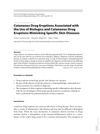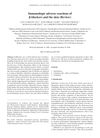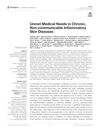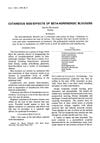Induction of Psoriasiform Changes in Guinea Pig Skin by Propranolol
November 1994
in “
International Journal of Dermatology
”
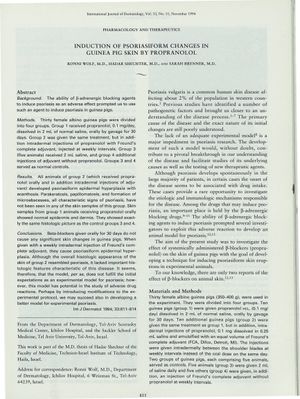
TLDR Propranolol combined with injections caused skin changes in guinea pigs but didn't fully mimic psoriasis.
In the 1994 study, researchers used 30 female albino guinea pigs to investigate whether propranolol, a beta-blocker, could induce psoriasiform changes in their skin as a potential model for psoriasis. The guinea pigs were divided into four groups, with Group 1 receiving oral propranolol, Group 2 receiving oral propranolol plus intradermal injections with an adjuvant, and Groups 3 and 4 serving as controls. The study found that oral propranolol alone did not result in significant skin changes. However, the combination of oral propranolol and intradermal injections in Group 2 led to psoriasiform epidermal hyperplasia with acanthosis, but did not fully replicate the histologic features of psoriasis. The researchers concluded that while the model could be useful for studying adverse drug reactions, it was not a complete experimental model for psoriasis, suggesting that further modifications are needed to improve its relevance for psoriasis research.


